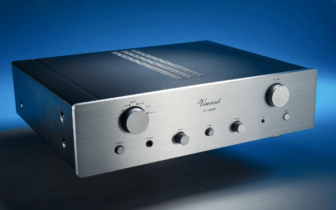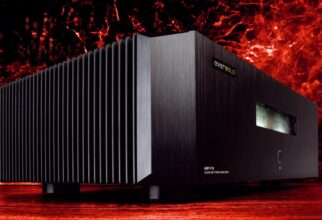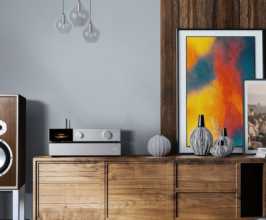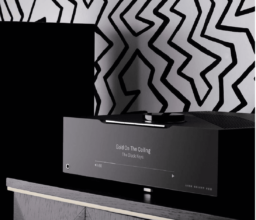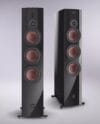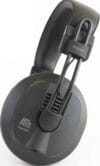DENON AVC-A10H Review
With the AVC-A10H, you get almost the same qualities as its big brother the A1H, but at a significantly nicer price. It may lack two channels and the balanced connections, but this is still a machine in a class of its own.
by GEIR GRÅBEIN NORDBY
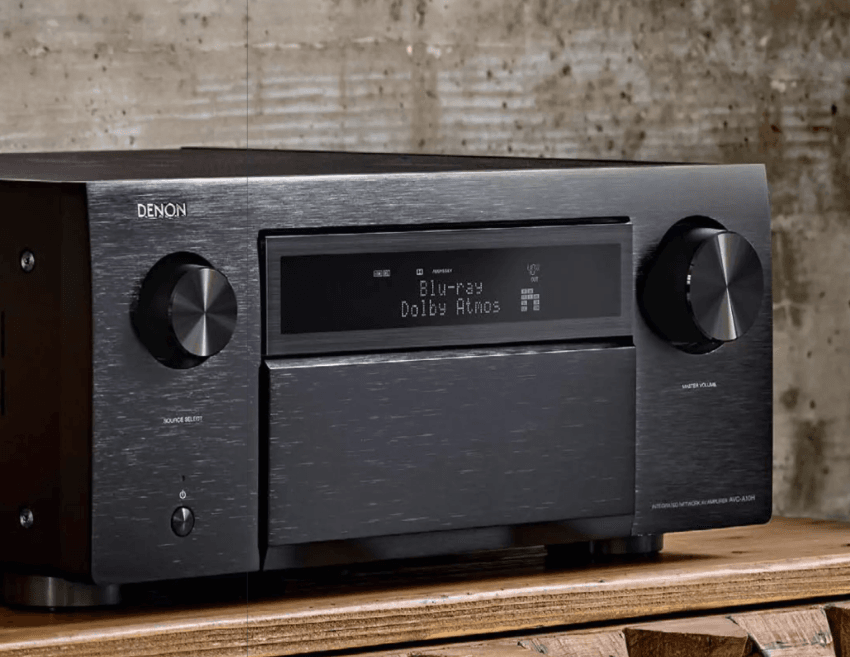
I had prepared myself for the evening’s movie entertainment. Little did I know what was about to hit me. Straight in the gut. With 13 amplifier channels, each rated to deliver 150 powerful watts, Denon’s latest surround amplifier was set to deliver home theater experiences like no other. And just when I thought it couldn’t get any more intense, I activated the Dirac room correction. It was as if all the walls blew away into nothingness and I remained. In the middle of the action. That’s how good the AVC-A10H sounds at its best. But let’s take a step back: Exactly what has Denon created here? On paper, we’re talking about an almost-flagship amplifier with 13.4 channels instead of big brother AVC-A1H‘s 15.4, at a significantly nicer price. But how big is the difference in practice?
Much Remains the Same Under the Hood
The AVC-A10H has the same quality ESS Sabre DACs (though a few less), and the power supply is just slightly scaled down with 22,000 μF capacitor capacity compared to the A1H’s 33,000 μF. The transformer is also lighter, weighing 8.1 kilos instead of 11.5. Since the amplifier operates in class AB and not in switched class D, some may be surprised that it uses an EI transformer and not a toroidal type. This is because the EI type handles uneven power demands better, which is important when many channels are driven simultaneously. The build quality feels very solid, not least due to the massive weight of 23.6 kilos. The solid chassis with copper plates contributes to fewer resonances, and the symmetrical construction with separate mono amplifier stages attests to meticulous engineering.
Connections
You will find inputs and outputs for all 13 channels plus four subwoofer outputs, all with separate audio processing. This enables sophisticated bass management, especially if you upgrade to room correction with Dirac Live Bass Control. The biggest difference from the A1H is the absence of balanced XLR connectors. The A1H can connect a balanced stereo audio source—but more importantly, it has a balanced connection to all four subwoofers, which minimizes problems with noise and hum when using long signal cables. For most setups, the differences make little impact, but if you have very long cables to your subwoofers—or really feel that you need a gazillion speaker channels—then you might consider the flagship.
Usage
Denon has worked a lot on user-friendliness, and it shows. The initial setup guides you through everything, step by step, with clear illustrations on the TV screen. The built-in Audyssey room correction works seamlessly, with eight measurement points for optimal sound throughout the seating area. If you upgrade to Dirac Live, you need a PC and a special measurement microphone—and a bit more patience. On the plus side, all settings can be made with the included remote control, the new Denon AVR app, and the HEOS app for music streaming. The menu system is also a real delight for the eyes, with HD-resolution graphics that make it easy to navigate through the many functions.
Fantastic for Film and TV
In our test room, with Procella THX speakers and a dual 15-inch subwoofer, the AVC-A10H shows what it can do. In the second season of the animated blockbuster “Arcane: League of Legends,” the Dolby Atmos track is a pure pleasure. The characters’ voices are clear and natural, while a musical soundtrack with dynamic electronic rhythms and dark rock envelops you with rare authority—not least thanks to extensive use of the surround channels. The height effects are also placed with surgical precision, so you really feel immersed.
Dirac Works Magic
Audyssey XT32 room correction does a good job of adjusting tonal differences and timing between the speakers. But it’s when you make the effort to configure Dirac Live that the magic truly happens. Yes, it costs extra money, and yes, it takes time to install with a PC and the necessary measurement microphone (Umik-1)—which must be purchased separately. But what a result! With Dirac, everything ties together into a higher unity. The speakers disappear entirely from the soundstage, leaving behind a holographic sound image that floats in thin air. You’re not just surrounded; you’re truly enveloped by sound. And moreover, the subwoofers become even better integrated with the rest of the system. In my home, Dirac is actually absolutely necessary. I have two in-wall subwoofers from Miller & Kreisel that really need a dedicated DSP amplifier to function optimally. However, I drive them with a Hegel H30A power amplifier, and with Dirac, I finally get the linear and tight bass I’ve dreamed of.
A Disappointment in Stereo
The more ecstatic I become over the surround sound, the greater the disappointment when I switch to music in stereo. Don’t get me wrong: with the same speakers as in surround, with subwoofers and satellites, the soundstage holds up even in stereo. It’s when I switch to larger floor-standing speakers that the weaknesses become apparent. Connected to the otherwise fantastic DALI Epikore 9 ($31,250 per pair), it’s clear that the sound lacks dynamics and authority. It sounds thin and unfocused, even at moderate volume levels. In fact, the significantly cheaper integrated amplifier Marantz Model 60n ($1,517) does a better job. The same goes for the Hegel H95, and it wouldn’t surprise me if the inexpensive streaming amplifier Bluesound PowerNode does at least as good a job.
If you’re going to drive a pair of demanding floor-standing speakers with full frequency range, we therefore recommend a dedicated stereo power amplifier for the front speakers. It significantly elevates the music reproduction in stereo and also provides a better foundation for the important front channels when watching movies. The NAD C298 ($2,410) with 2 x 185 watts is a very good option, but even the cheaper NAD C268 ($982) is an improvement. It may seem contradictory for such an expensive home theater amplifier, but that’s what happens when so many amplifier channels have to share the same power.
Against Competitors
The challenges in stereo are by no means unique to the AVC-A10H. The more amplifier channels, the more circuits and components the total budget has to be spread across. But some competitors can still engage better in stereo than the Denon amplifier. The AVC-A10H positions itself above the Marantz Cinema 30 with its 13 amplifier channels versus 11. The Yamaha RX-A8A ($3,392) has more power in stereo but lacks Dirac (Yamaha has its own YPAO room correction).
The Onkyo TX-RZ70 ($3,571) with 11.2 channels has the simplest version of Dirac Live included in the price and also a more dynamic stereo sound. For the discerning music enthusiast, the Arcam AVR21 ($5,357) is an enticing alternative. It’s worth noting that of all these, only the flagship Denon AVC-A1H has balanced subwoofer outputs. If you want that from Marantz, you have to pay for separate components, which doubles the cost. Apart from limited stereo performance, the “almost-flagship” AVC-A10H excels in home theater. Here, multichannel performance, room correction, and processing power are prioritized over raw stereo power.
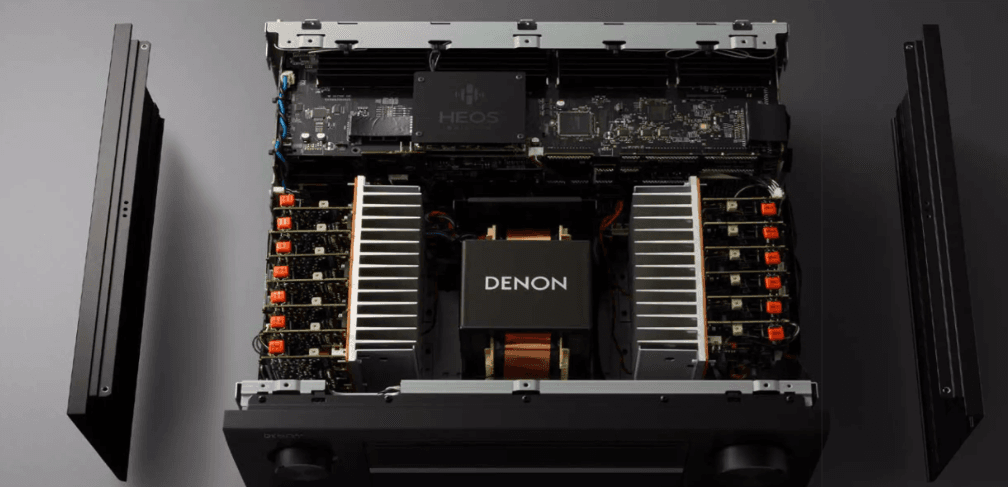
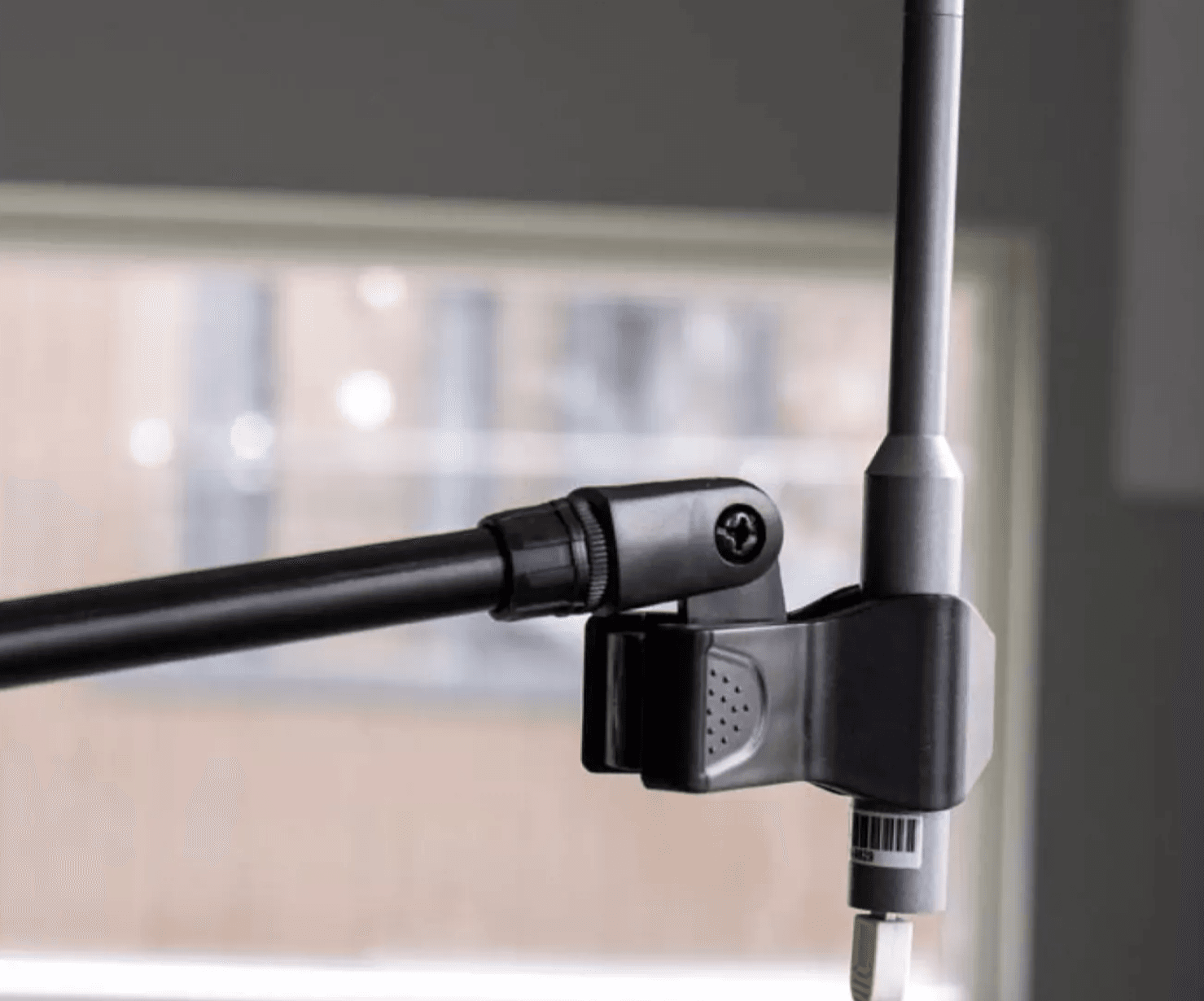
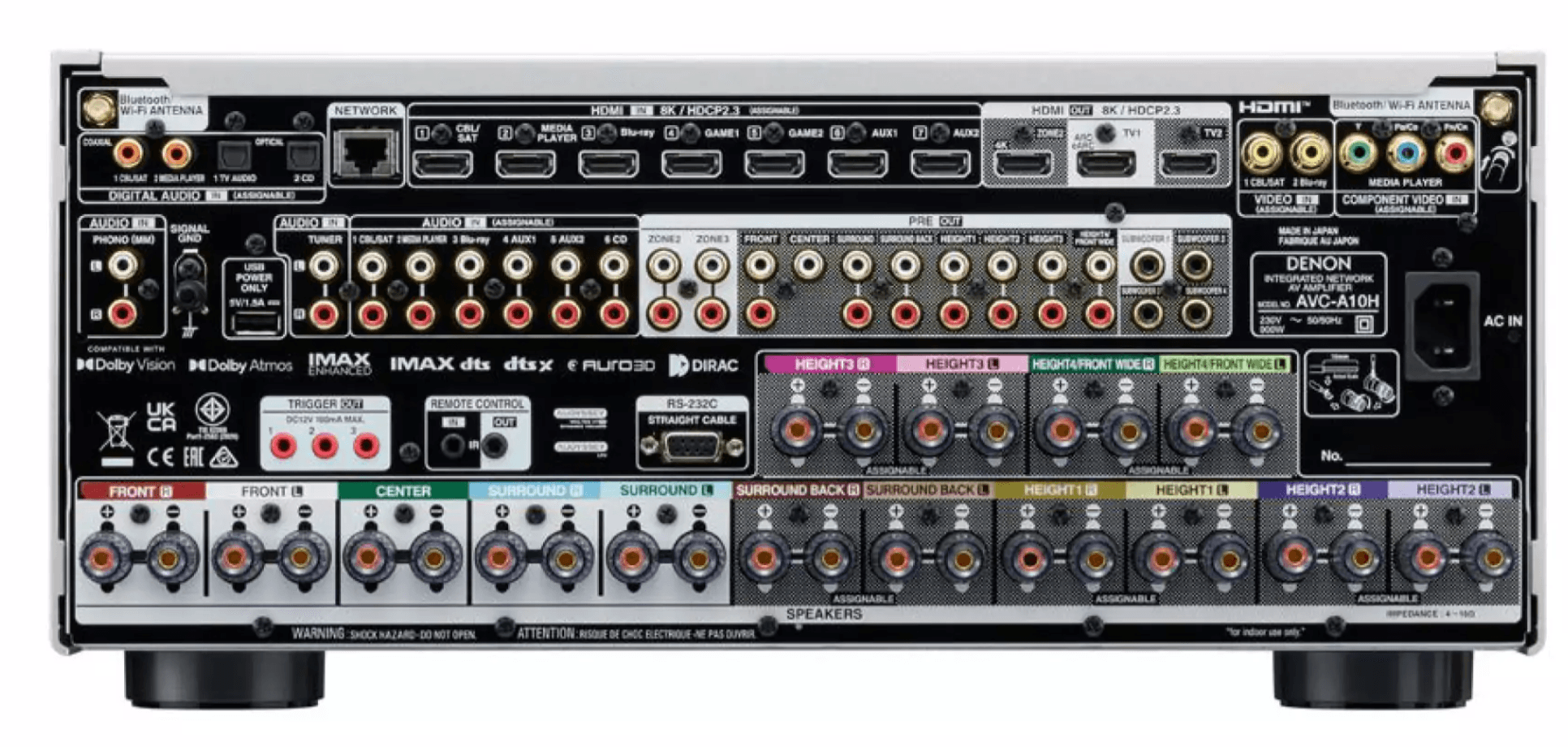
When you purchase through links on our site, I may earn an affiliate commission. Here’s how it works.
Denon (NEW) AVR-A10H Overview
New Denon AVR-A10H Overview We analyze the differences between the Denon AVR-A10H vs. prior generation AVR-X8500HA ...






